For the Summer of Green Technology, we're focusing on renewable energy, like solar and wind power. In this wishlist, we'll go over some of the components that you might need when putting together your own solar power system. Since there are so many different energy requirements, we won't get into any individual designs - this is more of a general list of parts you might need.
Solar Wishlist Giveaway - Ended
Answer the questions below for a chance to win a Multicomp Pro - Pro Solar Light/Solar Power Meter.
- What are some tips on integrating renewable energy into your designs?
- If you have past projects which used renewable energy, we'd love to hear how you did it...and of course, we'd love to see some pictures!
Terms:
Post your answer as a comment below between 8th May 2023 and 16th June 2023. The best answers will be chosen by the element14 community team, and you will be shipped your prize (or local equivalent) free of charge.
Solar Cells/Panels
When selecting solar cells/panels, estimate your energy requirements and calculate how many you need - it might be a lot. For smaller projects, check out the following:
Solar Battery Charging Panel
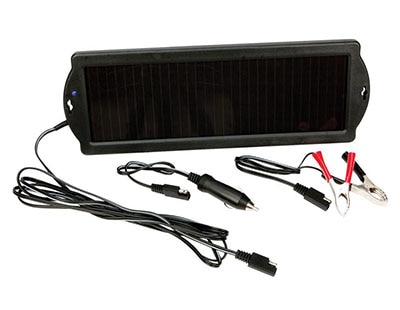
Solar Battery Maintainer
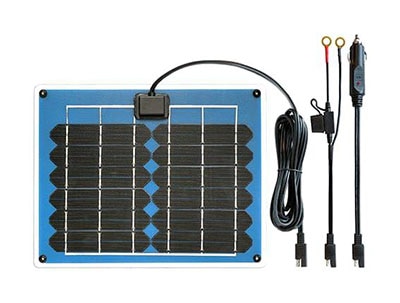
Monocrystalline Solar Cell with Arduino-compatible Barrel Plug
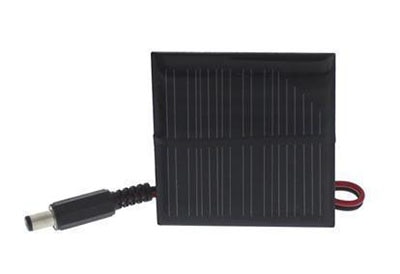
EnOcean Indoor Solar Cell
EnOcean systems are designed to use energy harvesting to provide power for sensors and other small devices.
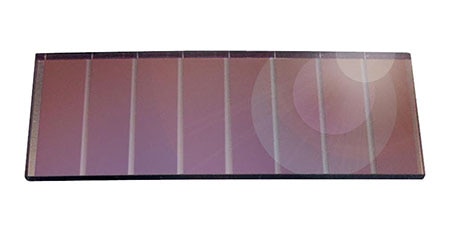
Solar Harvester Development Kit
This kit gives you the tools to experiment with solar energy and the Maxim MAX20361 solar harvester IC.
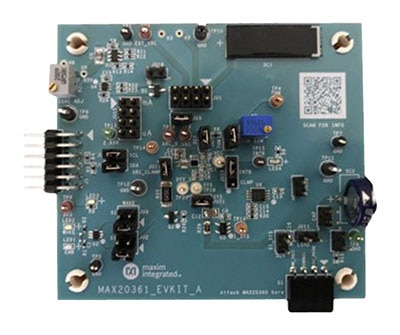
Battery
You can use a 12V lead-acid battery for a low power system, while a high power system may require multiple deep cycle batteries with a total capacity of several kilowatt-hours.
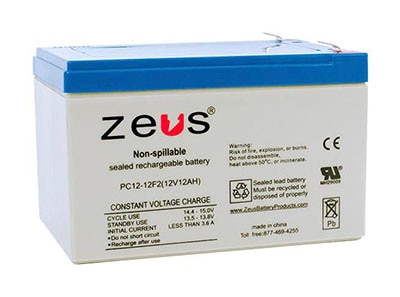
Charge Controller
A charge controller is necessary to regulate the flow of energy between the solar panel and the battery. It prevents overcharging and helps prolong the life of the battery. Choose a charge controller that matches the voltage of your solar panel and battery.
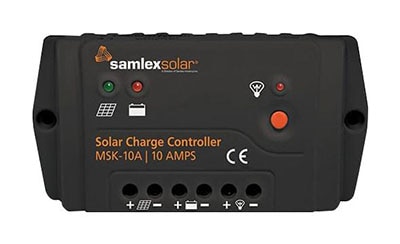
You can also build a charge controller; parts will vary depending on what type you want to build. Here's an example that uses an Arduino: MPPT Charge Controller
Here are some of the parts you'll need:
Arduino UNO
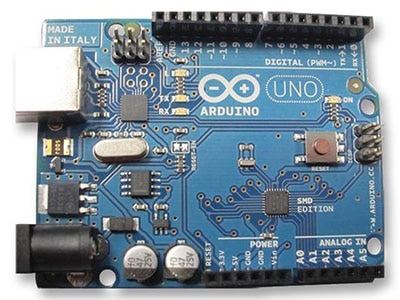
Arduino Nano
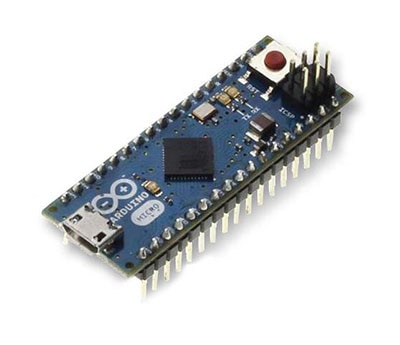
Dual MOSFET, Half Bridge
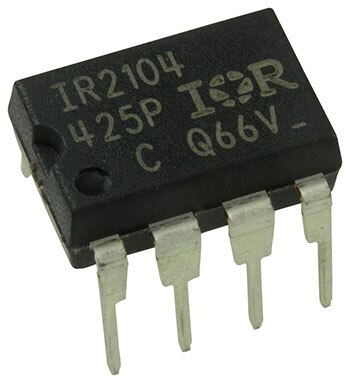
Current Sense Amplifier
The AD8418A is a surface mount device; if you're not used to working with SMDs, the evaluation board below might make things easier.
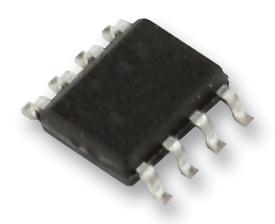
Evaluation Board for the AD8418 Current Sense Amplifier
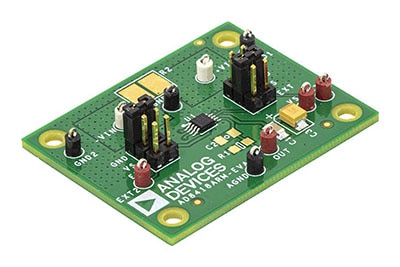
DC-DC Switching Buck, Boost, Inverting Regulator
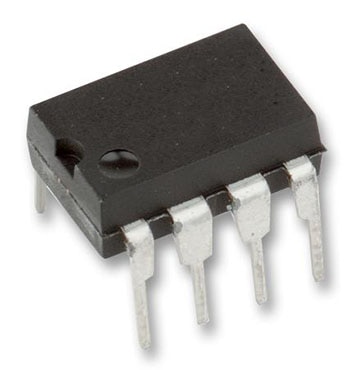
Inverter
If you plan to power AC appliances, you will need an inverter to convert the DC power from the battery to AC power that can be used by your appliances. Choose an inverter that matches the voltage and wattage of your battery and appliances.
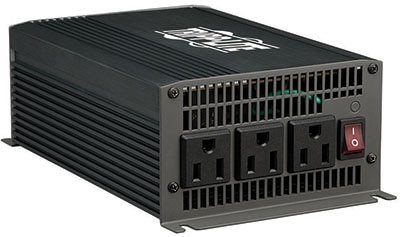
What if you want to build your own? An Internet search should yield some designs, from simple to very advanced. This link shows a simple inverter circuit; it outputs more of a square wave, but that should work for most applications! Here are some of the parts you'll need.
555 Timer
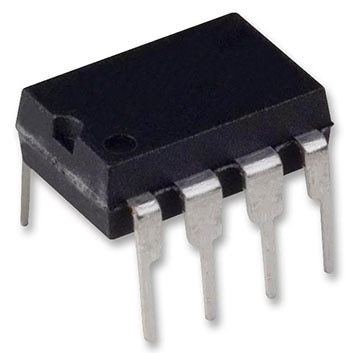
Toroidal Transformer
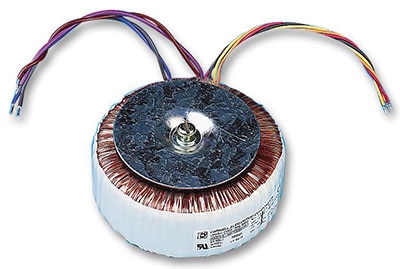
Chassis-mount Transformer
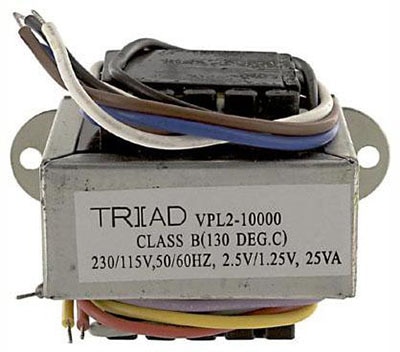
Power MOSFET
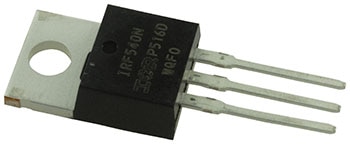
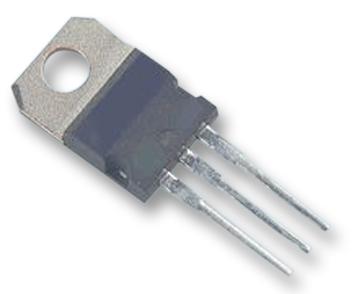
Photovoltaic/Solar Connectors
In addition to the components above, you'll need various items such as connectors and fuses, as well as tools for measurement.
Amphenol H4 Series
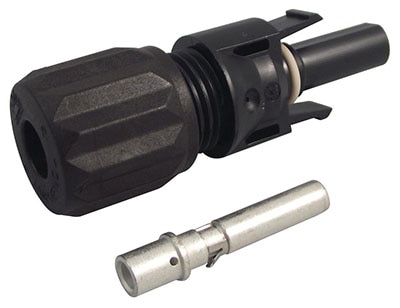
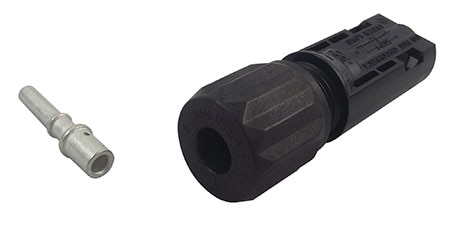
Phoenix Contact Aries ES Series
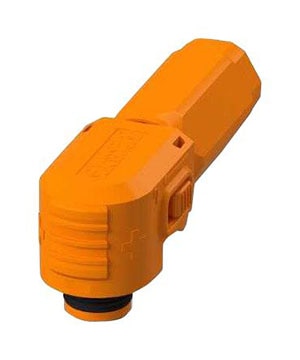
TE Connectivity SOLARLOK PV4-S Series
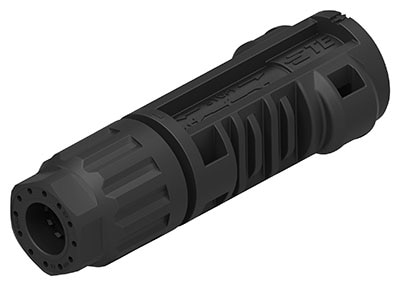
Fuses
Phoenix Contact SUNCLIX PV Connector with Fuse Element
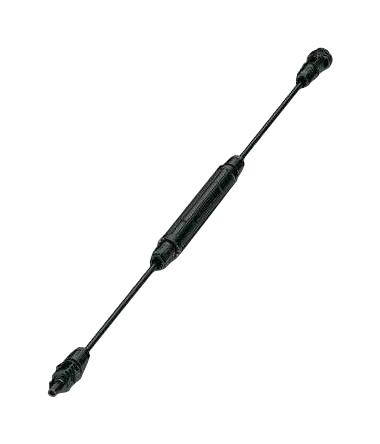
Ceramic Industrial/Power Fuse
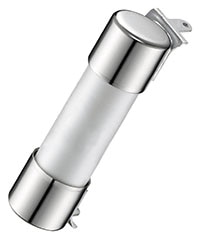
Tools for Test and Measurement
Digital Multimeter with Bluetooth
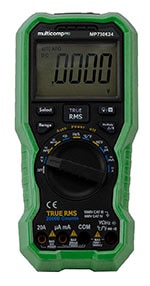
Solar Power/Light Meter
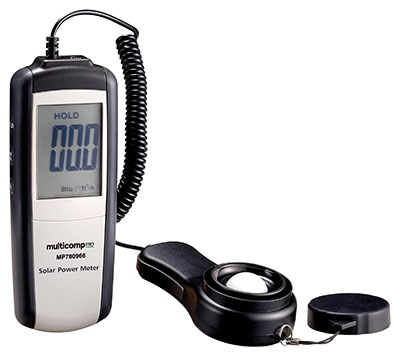
Terms & Conditions

Top Comments